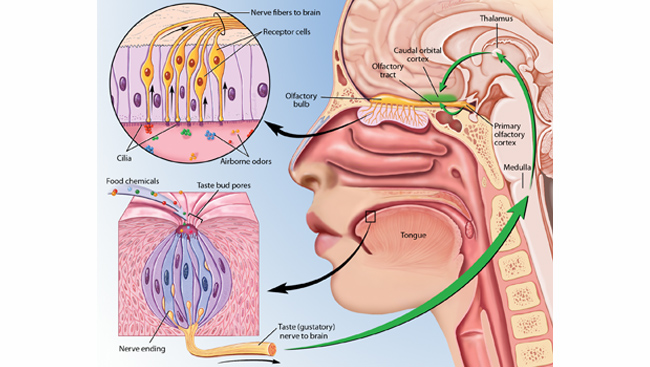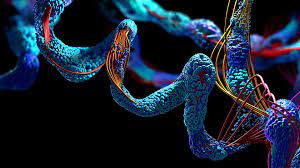Taste and smell are two of our most primal senses, allowing us to experience and savor the world around us. Yet, beneath the surface, these sensory experiences are intricately tied to the realm of chemistry. This article takes you on a journey through the fascinating world of the chemistry of taste and smell, revealing how molecules interact with specialized receptors to create the sensations we know as flavor and aroma. From the complexities of taste receptors to the marvels of olfactory receptors, we delve into the science behind these fundamental senses.
1. The Dynamic Duo: Taste and Smell
Taste and smell work in tandem to provide us with a rich and nuanced sensory experience, influencing how we perceive and enjoy food and beverages.
2. Taste Receptors: The Gatekeepers of Flavor
Specialized taste receptors on our tongues are finely tuned to detect key flavor compounds, allowing us to discern sweet, salty, sour, bitter, and umami tastes.
3. Olfactory Receptors: A World of Aromas
Olfactory receptors in our noses are capable of detecting a vast array of aromatic molecules, contributing to our sense of smell.
4. Flavor Compounds: Molecules that Matter
Chemical compounds like esters, aldehydes, and terpenes are responsible for the diverse array of flavors and aromas in the foods we consume.
5. Sensory Perception: From Molecule to Experience
The interaction between flavor compounds and our taste and olfactory receptors triggers signals that are interpreted by our brains as specific tastes and smells.
6. Aromatics: The Essence of Flavor
Aromatics are volatile compounds that contribute significantly to the overall flavor and aroma profile of a food or beverage.
7. The Science of Food Pairing: A Harmonious Symphony
Understanding the chemistry of taste and smell allows chefs and food scientists to create harmonious combinations that tantalize the palate.
8. The Role of Genetics: Why We Taste and Smell Differently
Genetic variations in taste and olfactory receptors contribute to individual differences in how we perceive flavors and aromas.
9. Beyond Taste Buds: Texture and Temperature
While taste and smell are primary factors, factors like texture, temperature, and even the sound of food being eaten contribute to our overall sensory experience.
10. The Psychology of Flavor: Associations and Memories
Our past experiences and cultural influences play a significant role in shaping our preferences and perceptions of taste and smell.
11. The Future of Sensory Science: Innovations in Flavor and Fragrance
Ongoing research in the field of sensory science aims to unlock new insights into how we experience and appreciate taste and smell, leading to innovations in the food and fragrance industries.
In Conclusion: A Symphony of Senses
The chemistry of taste and smell is a symphony of molecules, receptors, and sensory perception that enriches our lives in countless ways. Understanding this intricate interplay not only deepens our appreciation of the culinary world but also holds the promise of exciting advancements in the realms of food, fragrance, and sensory science.
In Conclusion:
The chemistry of taste and smell is a symphony of molecules, receptors, and sensory perception that enriches our lives in countless ways. Understanding this intricate interplay not only deepens our appreciation of the culinary world but also holds the promise of exciting advancements in the realms of food, fragrance, and sensory science.











